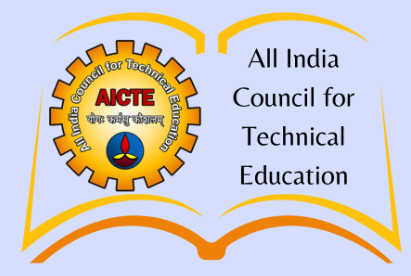Engineering the Future (GS Paper 2, Education)

Context: Surge in Engineering Enrollment
- The All India Council for Technical Education (AICTE) has approved a significant increase in undergraduate engineering and technology seats for the 2024-25 academic year, marking a nearly 19% rise compared to the 2021-22 period.
- This boost comes after years of declining enrollment that saw seat availability reach a decade-low, pushing some institutions to close due to diminished demand.
Historical Issues in Engineering Education
Institutional Challenges and Regulatory Oversight
- Many engineering colleges have faced persistent issues related to inadequate infrastructure, untrained faculty, and poorly equipped laboratories, all of which have adversely affected the quality of education.
- A 2017 investigation unveiled problems such as corruption and insufficient regulatory oversight by AICTE, which have further contributed to declining educational standards.
Employment Struggles for Graduates
- Despite the increase in seats, a significant number of engineering graduates—up to 48%—find it challenging to secure employment.
- A major contributing factor is the lack of practical training that is crucial for applied fields such as engineering.
- This gap in industry-relevant skills has impeded government initiatives like "Make in India," which aims to foster domestic manufacturing and entrepreneurship.
Research and Development Shortcomings
- India's investment in research and development (R&D) is currently at just 0.7% of its GDP, which is notably lower than that of developed countries such as South Korea, where R&D spending exceeds 5%.
- This limited financial commitment stifles innovation and the development of practical technical skills within the engineering sector.
Path Forward: Insights from the National Education Policy 2020 (NEP)
Enhancing Industry-Academia Collaboration
- The NEP advocates for stronger partnerships between educational institutions and industry to better mobilize funding and resources.
- AICTE's recent initiatives to introduce courses in cutting-edge fields like artificial intelligence, robotics, data science, and cybersecurity reflect this vision, aligning academic offerings with current industry needs.
Improving Faculty Quality and Training
- One of the persistent hurdles for many institutions is the recruitment and retention of skilled faculty.
- The NEP recommends leveraging expertise from premier institutes like the IITs to provide training for educators at smaller colleges.
- Additionally, AICTE is encouraged to establish dedicated training institutes aimed at continually updating faculty knowledge.
Conclusion
- As India looks to bolster its engineering education framework, addressing historical challenges while embracing the potential of the NEP can pave the way for a more robust and relevant engineering workforce.
- By enhancing practical training, improving industry collaboration, and investing in faculty development, the country can ensure that the future of engineering is both bright and capable of meeting the demands of a rapidly evolving technological landscape.


